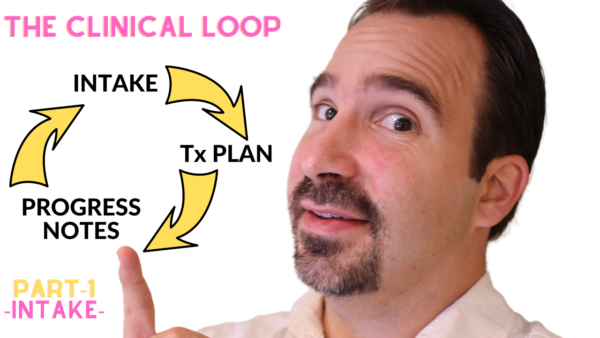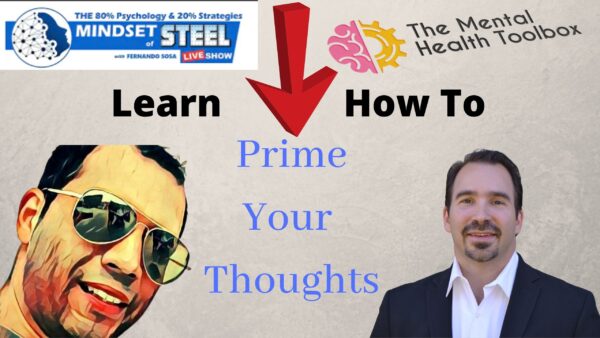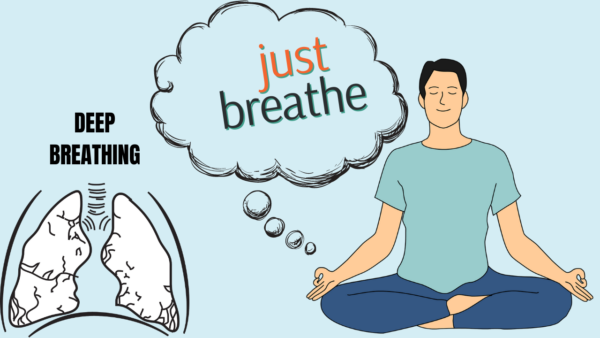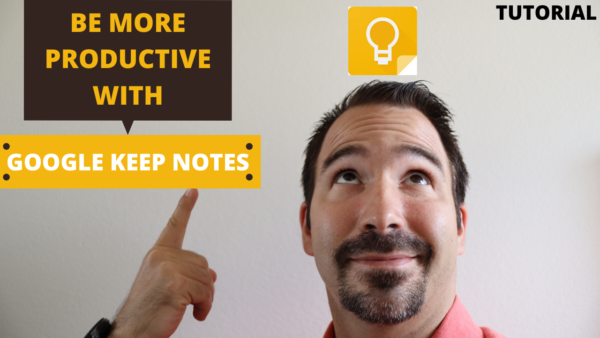In this episode of the video podcast, I’m going to walk you through how I structure mental health intake assessments and also why it’s the first step in the clinical loop. The clinical loop consists of three parts, the intake assessment, the treatment plan and progress notes, and as I walk through this, I’ll try to explain my thought process and how I ask questions why ask the questions but I’ll keep it as quick and simple as possible and you can always ask me to elaborate and I’ll be more than happy to do so in any future videos.
Home Office Setup
In this Video Podcast Episode, I discuss the evolution of my home office setup from a dinner try to what I use now for tele-health and content creation just like this. I cover the products I use and why I like them.
Prime Your Thoughts For Success
Do you struggle with keeping your mindset in a good place during the week? Who doesn’t during times like these? Well stick around? Because in this episode we’ll be talking about tactics to prime your mind for success. And in this episode I play guest with Fernando Sosa on his YouTube live show.
Deep Breathing For Anxiety
The (American Institute of Stress). puts it this way. Deep breathing increases the supply of oxygen to your brain and stimulates the parasympathetic nervous system, which promotes a state of calmness.
7 Steps To Overcome Anxiety
In this post, I discuss 7 Steps To Overcome Anxiety by targeting and challenging anxious thoughts through CBT techniques.
Session 20: Interview With Brandon Baker
In this episode, I play guest on The Coach’s Circle Podcast with Brandon Baker.
How To Use Habituation To Improve Anxiety
Habituation is essentially, the practice of intentionally exposing oneself to anxiety triggers in small increments of intensity.
How to Decrease Intrusive Thoughts, Using A Worry Journal
You see, the thing about anxious thoughts, is that they can come on in an instant, yet flavor our mood for the day, causing a kind of domino effect on our thought process, which then impacts our reactions to the occurrence around us, be it our kids, spouse or friends.
HOW TO INCREASE SOCIAL SUPPORT
Active social supports builds-up, encourage, challenge, are not afraid of offending (if done with the best of intentions), listens without judgement, and are a good sounding board. They care about your outcomes, believe in your potential, seek understanding, versus blame.
Be More Productive With Google Keep Notes
I can quickly create a note, label it, color coordinate it, and even turn it into a checklist! I can even send it to Google Docs and print it out from there, as I often do when creating Chore lists for my daughter.








